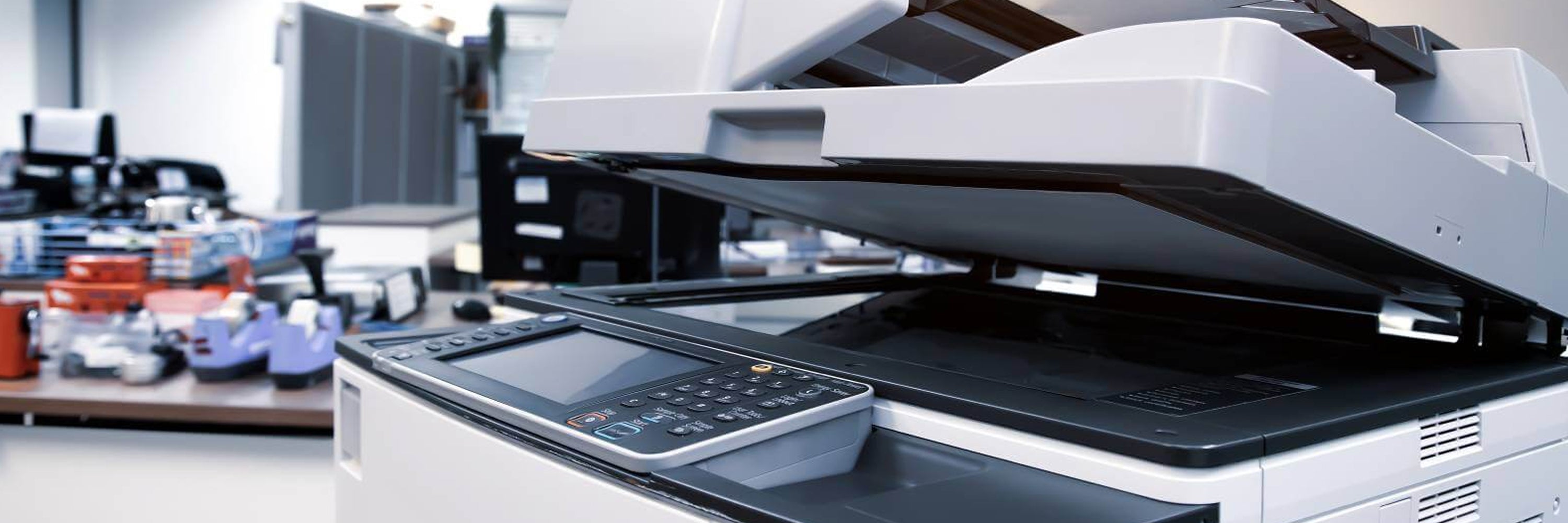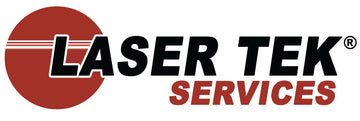Laser printers require the of use heavy set paper (usually over 24 lbs in weight) to be able to resist lateral pressure applied by rollers on its every turn inside the printer. Non-specified laser paper tends to wrinkle and scourge when heated through the fuser to eventually cause paper jams. Thus, wood fibers are integrated into the manufacturing process to strengthen its lateral surface and be able to resist mechanical abuse in the process of printing.
So where does chlorine come in? Wood fibers integrated into pulp and paper during manufacturing are treated first with chlorine and other chlorine based bleaching compounds before being added to the paper formulation in order to produce high-quality white paper. The whiter, smoother and cleaner the surface of paper is; the better print quality can be expected of laser printer outputs. Sad to say that as of writing, only one pulp and paper mill manufacturing plant in the U.S.A.(Lyons Pulp and Paper in New York) is using TFC (Totally Chlorine-Free) technology.
Get the inside story on the toner cartridge remanufacturing industry from Recycle. Refill. Save!
What harm can chlorine do? Chlorine and chlorine based compounds used in the manufacture of paper disintegrates into thousands of organochlorines (over 300 have been identified so far) that include notorious environmental poisons such as dioxins, furans, DDT, Agent Orange, PCB’s, CFC’s/HCFC’s (ozone destroyers) and other highly toxic and lingering substances found in the waste and product stream.
Several chlorine by-products enter waterways, pollute the atmosphere and are also present in the final paper product. It is estimated that 10% of the global demand for chlorine stems from paper manufacturers.
How does chlorine affect humans? Several clinical studies showed alarming impact of chlorine chemistry on the human health and the environment as well. Chlorine has the ability to cause cancer and other chronic diseases. Recent studies confirm that it indeed poses a worrying concern for our health. Many chlorinated compounds closely monitored under said research have a direct link to hormone disruptions in adults and the unheatlhy development of fetus in pregnant women. Hormones are the body's electronic sensors responsible for automatically switching on and off required bodily responses and reactions. Furthermore, exposure even at short intervals on chlorinated compounds exposes the male reproductive system to severe risks where contamination could result in low sperm count.
Reuse empty toner cartridges and save as much as 80% on printing costs. Visit http://www.lasertekservices.com and shop for the toner refill kit compatible with your cartridge.
Are alternatives to chlorine-based compounds on the rise? Yes of course, paper mills can still produce high quality paper, totally chlorine-free (TFC) by using oxygen based bleaches hydrogen peroxide, ozone and oxygen.
__________________________________________________________________
To produce decent laser prints and yield at a reasonable price, refill OEM toner cartridges with toner refill kits. The toner refill kit line of Laser Tek Services is cheaper by as much as 80% than the prevailing retail price of OEM toner cartridges.”





